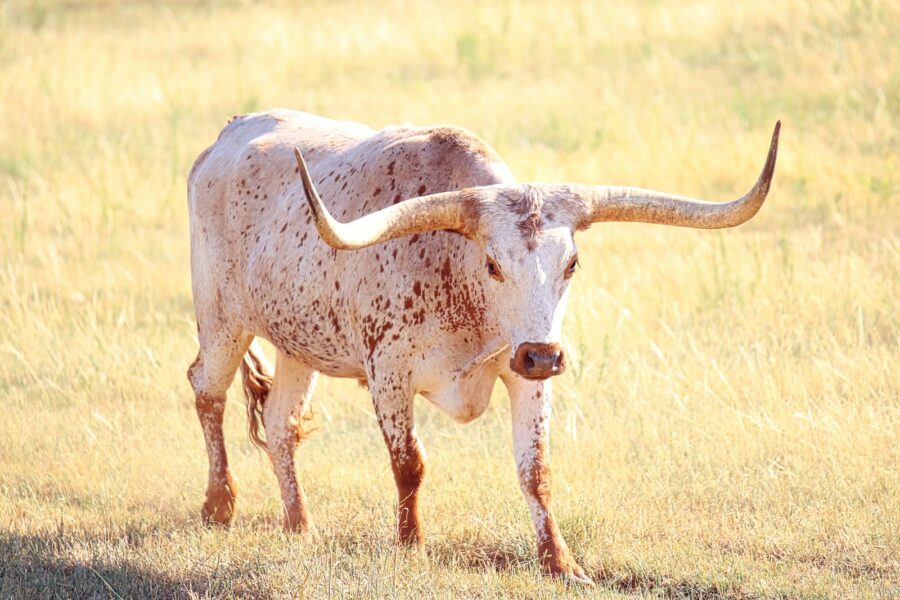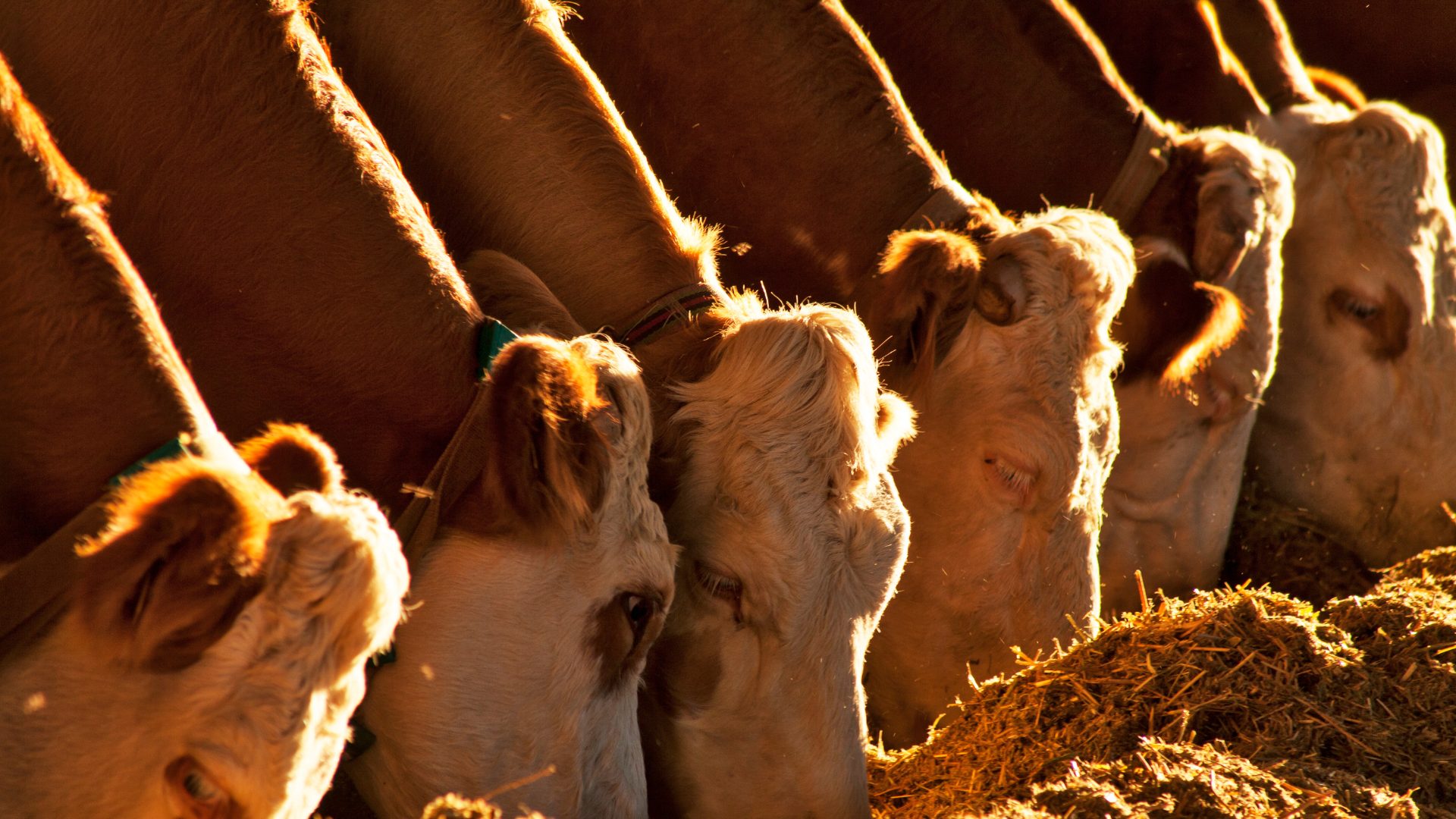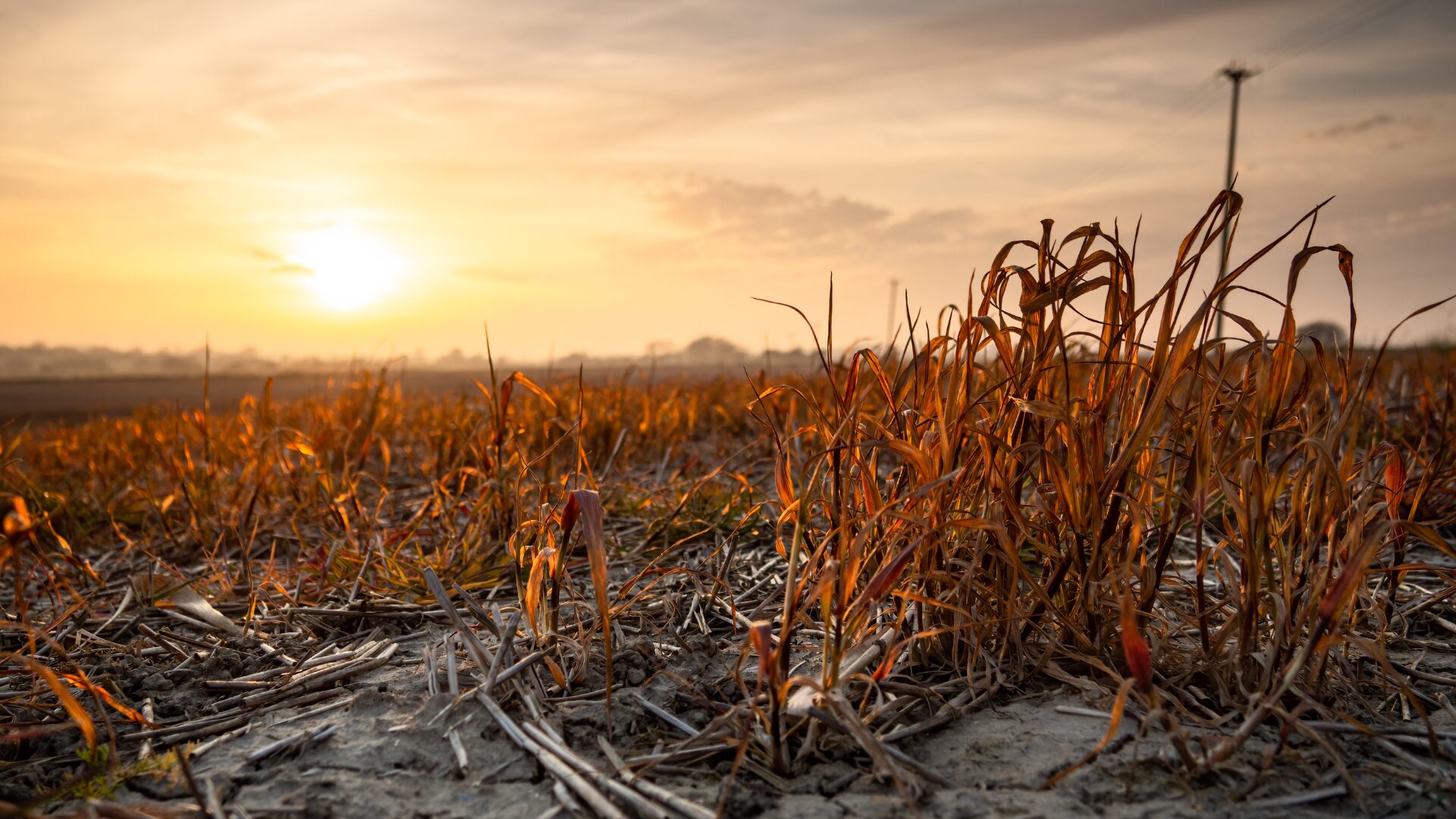As a so-called “megadrought” persists in the U.S. Southwest, researchers are touting the benefits of Criollo cattle as a possible regenerative solution.
The Criollo, a heritage breed, descended from Spanish cattle brought to Mexico centuries ago and evolved in northern Mexico’s rocky, arid climate, noted nature.org. The breed has adapted to dry rangelands and could help regenerate soil while needing less water and feed than other cattle.
Raramuri Criollo cattle now found in areas like southern California typically weigh around 800 pounds each – much smaller than Angus cattle, which often weigh at least 1,200 pounds, reported Civil Eats (Aug. 8).
Criollo cattle rarely suffer sickness and have few qualms about eating brushy shrubs when grasses run low due to drought.
Researchers from the USDA and New Mexico State University have long studied Criollo cattle’s potential to produce more sustainably in the rather arid U.S. Southwest, and noted in a report that natural selection has allowed the Criollo to learn how to use their horns, which has helped them consistently ward off predators like mountain lions and wolves.
In the USDA and NMSU report, rancher Dennis Moroney, of Cochise County Arizona, predicted that Criollo could be a “game changer” for ranchers throughout Arizona, New Mexico, West Texas, Southern California, Chiuahua and Sonora Mexico.
While most commercial cattle tend to graze in one pasture, the Criollo hunt for food across vast distances, which tends to be less detrimental to the land.
Ranchers have noted that Criollo seek out patches of new grasses after pastures have been burned, but don’t typically eat down to the soil; such a grazing style helps keep fire fuels low as the cows replenish the land with manure.
The main obstacle to greater availability of Criollo meat in the market is that the few existing meat processing plants in the U.S. aren’t currently suited for the relatively small-framed animal.
“A few ranchers are using them, and some smaller producers are marketing them through niche markets [like] farmers markets, etcetera,” Rick Estell, a New Mexico-based animal scientist, told The Food Institute. “Another problem is acceptance by the packers. (Criollo) don’t fit the desired size and look, so ranchers get paid less for them; Some of that problem is helped by crossbreeding.
“Supply is an issue,” Estell added. “But there is definitely interest because of concerns about staying afloat during drought.”
Moroney said Criollo meat is rather popular for those that can get their hands on it, though. The Arizonan told USDA and NMSU that, although Criollo meat must be cooked at a lower temperature for a longer time than typical beef, it tends to be quite tender.
“People … ask for Criollo beef by name and will come back with glowing reports,” Moroney said.












